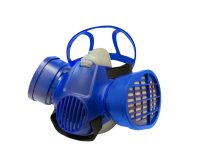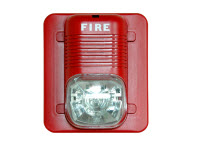How to Calculate PELs for Air Contaminants
To protect workers from harmful exposures to air contaminants, you have to be able to calculate exposure limits accurately. Here is a review of the formulas used to calculate PELs. OSHA has developed 470 PELs (permissible exposure limits) for various forms of approximately 300 chemical substances. The PELs provide numeric standards that determine how long […]



